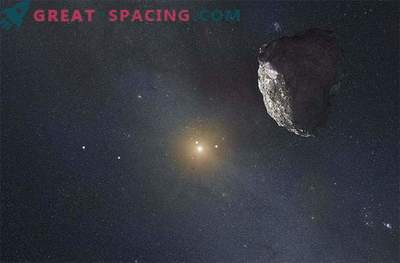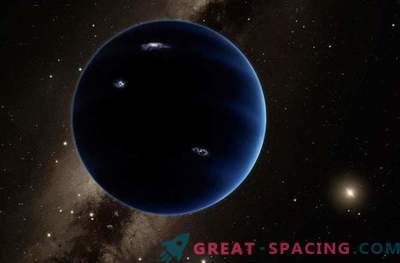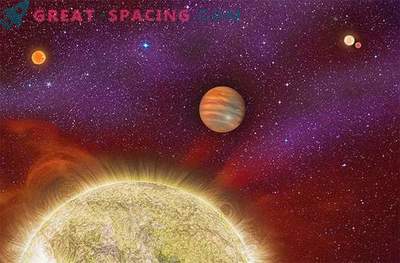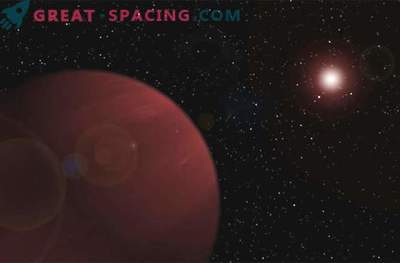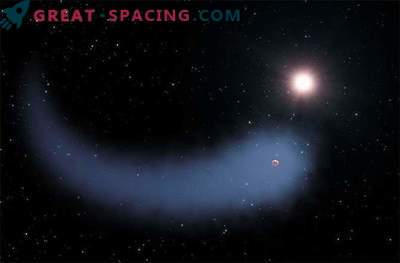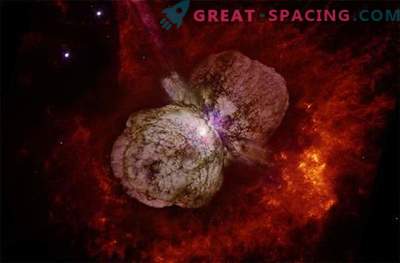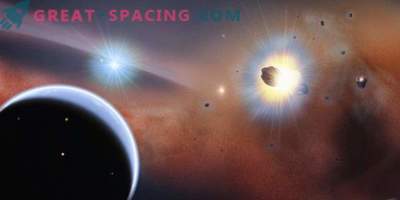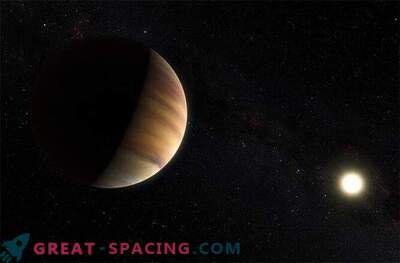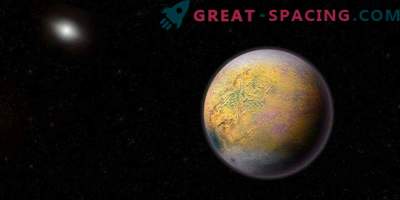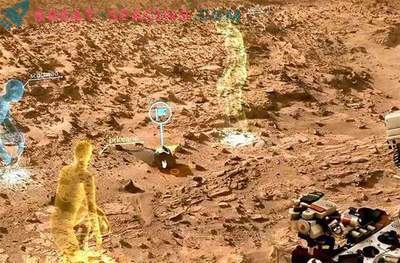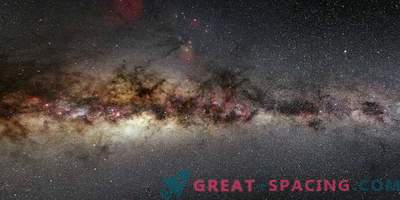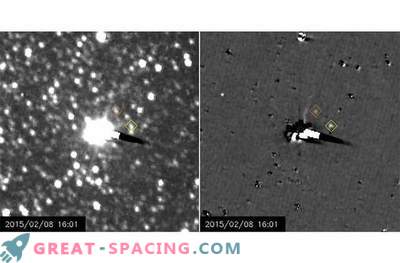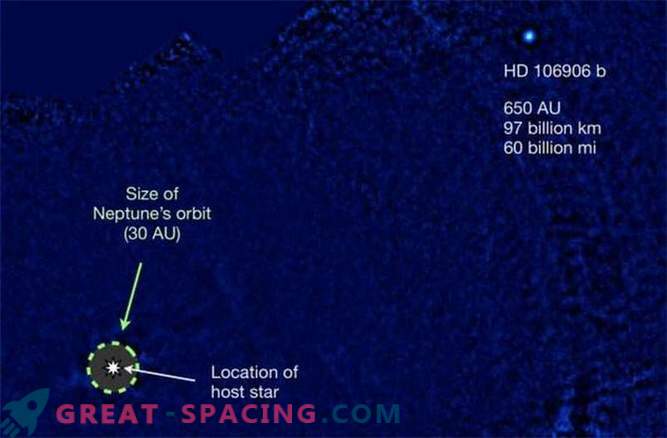
Astronomers have discovered a massive exoplanet rotating 650 times farther from its parent star than the Earth from the Sun.
The planet, which is 11 times larger than Jupiter, has put scientists into a dead end since its discovery in 2014, because it is so far from its parent star (16 times further than Pluto from the Sun) that At first astronomers thought that it was formed as a star from its own cloud of gas and dust.
However, new research reveals a much more turbulent past. The planet, known as HD 106906b, seems to have migrated from the near field to the gate of the star system until it came under the influence of a wandering massive planet or a near star.
The evidence of this migration came to scientists from a recently discovered comet belt that revolves around a star in the same way as Kuiper Belt around the Sun.
The belt of comets turned out to be strictly one-sided, which causes suspicions that the same gravitational forces that disturbed comets could have caused the migration of HD 106906b. Astronomers now hunt for dusty cometary material that could remain in orbit around the planet.
"We believe that the planet could capture some of the material from the cometary belt, forming a dusty ring around it," said astronomer Paul Calas of the University of California at Berkeley.
"We conducted three studies and found preliminary evidence of a dust cloud," said Kalas.
Meanwhile, the history of HD 106906b can be very interesting for scientists, since our Solar System could similarly lose one or two planets in the process of formation.
The parent star HD 106906b is very similar to the Sun, but its age is only 13 million years. (For comparison, the age of the Sun is 4, 6 billion years). It is located about 300 light-years from Earth in the constellation Southern Cross.
The study was published last month in the Astrophysical Journal.
